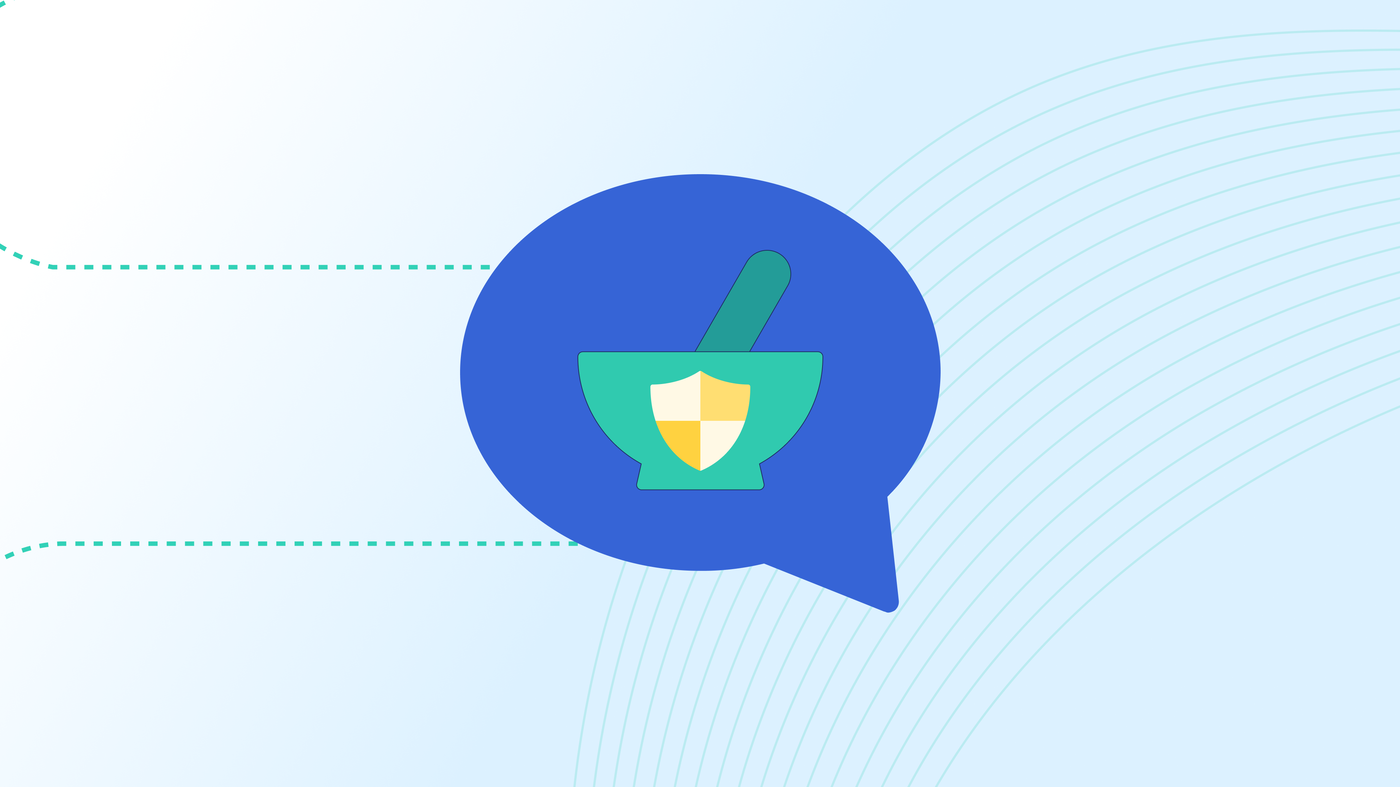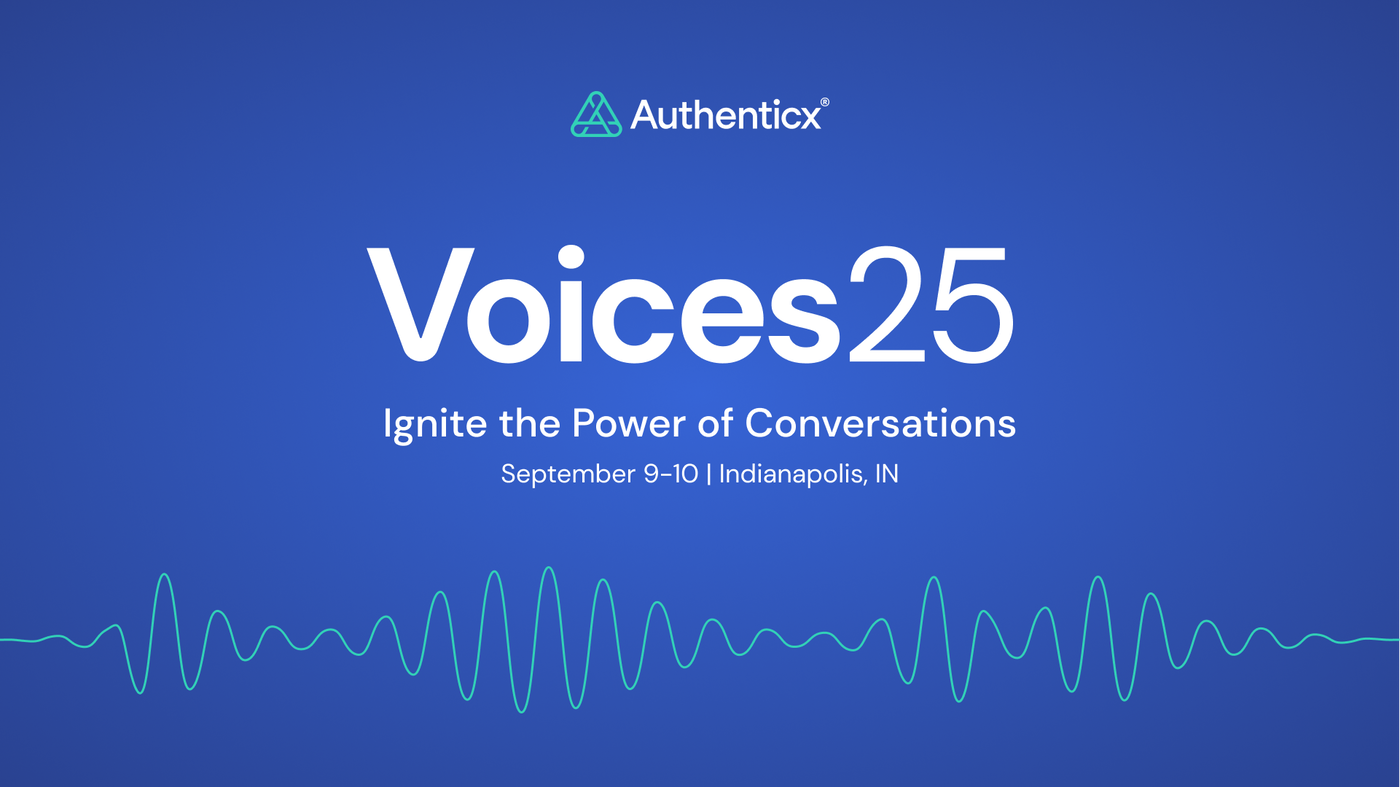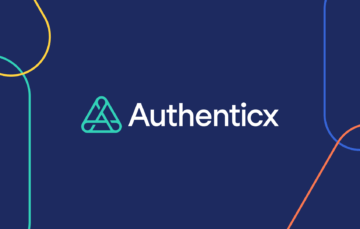
Pharmacovigilance: You know it’s important —from your board room to industry news leaders, like pharma news publications, or even about COVID vaccines. But what is pharmacovigilance? Pharmacovigilance (PV) is the practice and activity involved in detecting, assessing, understanding, and preventing adverse events (AEs) or other drug-related effects. It plays a critical role in ensuring that medications on the market are safe and effective for patients. Originating from the World Health Organization’s initiatives to improve drug safety, pharmacovigilance has evolved to become a cornerstone of the healthcare ecosystem worldwide.
The goal is not only to protect patients but also to help manufacturers, regulators, and healthcare providers make informed decisions. From identifying adverse drug reactions (ADRs) to improving clinical protocols, pharmacovigilance provides an evidence-based, data-backed framework that promotes patient safety and optimizes therapeutic efficacy.
Learn more about Pharmacovigilance at Authenticx on YouTube here
Going Over the Pharmacovigilance Basics
Pharmacovigilance primarily focuses on post-marketing surveillance. After a drug has passed clinical trials and is approved for public use, it still requires ongoing monitoring to detect potential side effects that weren’t apparent during trials. These surveillance efforts include collecting data from patients, healthcare professionals, and published research.
Key components of pharmacovigilance include:
- Adverse Event Reporting Systems (AERS): Platforms like the FDA’s MedWatch enable the collection of data on side effects and medication errors.
- Risk Management Plans (RMPs): These are strategies to identify, evaluate, and mitigate risks associated with a drug.
- Periodic Safety Update Reports (PSURs): Regularly submitted reports that assess the risk-benefit ratio of a product.
- Individual Case Safety Reports (ICSRs): Formal documents used in pharmacovigilance to collect and evaluate information about AEs after the use of a pharmaceutical product.
Pharmacovigilance also involves educational efforts aimed at informing both patients and providers about drug risks and how to report issues. This is critically important when considering AI adoption as the training data and scoring rubrics must reflect this type of risk mitigation to report and escalate any events.
Different Approaches to Pharmacovigilance
- Passive Surveillance
- Also known as spontaneous reporting, this approach relies on healthcare professionals and consumers to voluntarily report adverse drug reactions. While it is cost-effective and broad in scope, it often suffers from underreporting and underrepresentation of a patient population, creating inherent bias.
- Active Surveillance
- This is when systems are established to seek out adverse event data proactively. This could involve patient follow-up surveys, targeted medical record reviews, or use of disease registries. An example is the Sentinel Initiative by the FDA, which proactively monitors the safety of medical products. While the use of conversational AI listening is not a type of active surveillance, it can help augment it significantly.
- Targeted Pharmacovigilance
- This approach focuses on high-risk drugs, populations, or specific adverse events. Often used in oncology, this risk-benefit analysis is crucial.
- Epidemiological Studies
- Observational studies, including cohort and case-control studies, help analyze the incidence and determinants of AEs in real-world settings once it is marketed.
- Social Listening and Real-World Data (RWD)
- Modern pharmacovigilance includes scanning social media, patient forums, and electronic health records (EHRs) to detect emerging safety signals. AI listening solutions, like Authenticx, provide AI-driven insight from unstructured patient conversations, helping life sciences and pharmaceutical organizations surface trends proactively in near real-time.
Just because all of these PV approaches exist, it doesn’t mean each one will work for your needs or organizational structure. These approaches work in harmony, and choosing the right one depends on the drug type, patient population, and available infrastructure. Understanding which tool is the right tool for you is key to implementing any of these, and namely for any new technology.
What is Signal Detection in Pharmacovigilance?
Signal detection refers to the process of identifying new or rare adverse events that may be linked to a medication or product. It involves analyzing datasets from various reports, clinical studies, and electronic health data to uncover patterns or trends.
Flagged data are not definitive proof of the presence of AEs but rather a “signal” for organizations to further investigate. The European Medicines Agency (EMA) defines signal management as a cyclical process involving detection, validation, prioritization, assessment, and recommendation.
AI-powered safety solutions, like those developed by Authenticx, expedite signal detection by analyzing call center data and patient feedback in real time—offering earlier insights into emerging trends and reducing latency in response actions.

How to Identify Drug Safety in Pharmacovigilance
Identifying drug safety issues in pharmacovigilance relies on a combination of tools, data inputs, and analytical techniques, such as spontaneous reporting systems, causality assessments, pharmacoepidemiological methods, and data mining.
One method being used is Authenticx’s proprietary Eddy Effect™ model, which identifies and correlates points of friction (e.g., negative patient experiences or process breakdowns) to real-world outcomes like therapy abandonment or adverse events.
By triangulating multiple data sources and leveraging AI, organizations can identify not just if something went wrong—but why, when, and how to fix it.
Setting an Industry Standard: Pharmacovigilance in Clinical Trials
Pharmacovigilance in clinical trials is known as clinical safety or pre-marketing pharmacovigilance. Unlike post-marketing surveillance, here the focus is on assessing safety data from a smaller, highly controlled population.
During trials, all adverse events—whether related to the drug or not—are recorded. Serious adverse events (SAEs) must be detected and reported immediately to regulatory bodies like the FDA. Clinical trial pharmacovigilance ensures:
- Early detection of potential safety concerns
- Informed risk-benefit assessments
- Adjustments to trial designs
The ICH-GCP (International Council for Harmonisation – Good Clinical Practice) guidelines provide a global standard for managing safety data in trials. This data often feeds directly into the post-market pharmacovigilance system, making it essential to maintain.
Moreover, companies using healthcare-specific AI solutions can enhance safety data by evaluating real-world context, further bridging the gap between trial and treatment—as seen in how adoption of AI in pharmacovigilance helps bring these two together.
Finding the Right Tools in Pharmacovigilance Services
Choosing the right tools for pharmacovigilance is crucial to ensure accuracy, efficiency, and compliance. Modern pharmacovigilance platforms combine:
- AI and Machine Learning: To automate data review and generate insights quickly.
- Real-Time Dashboards: For tracking and visualizing signals, compliance, and adverse event trends.
- Healthcare-specific NLP: These models can analyze voice, text, and chat data to surface patient safety issues in context.
- Automated Reporting: Streamlining the submission of regulatory reports like Individual Case Safety Reports (ICSRs) and the automatic signaling of PV and compliance flags.
Integrating these tools into a pharmacovigilance system allows for proactive issue detection and action—ultimately leading to safer patient outcomes and greater regulatory compliance.
As Authenticx Chief Technology Officer Michael Armstrong said in Healthcare IT Today, “Healthcare organizations regularly conduct their due diligence into how vendors collect and store data because technology reliant on protected health information (PHI) has become a hot target for cybercriminals.”
Pharmacovigilance is more than a regulatory requirement—it’s a patient safety imperative. By employing the right methodologies and tools, healthcare organizations and life sciences companies can not only detect adverse drug reactions but also proactively prevent them.
From reporting systems to AI-driven signal detection, the future of pharmacovigilance is both data-rich and insight-driven. To learn how healthcare-specific AI can power your pharmacovigilance strategy, explore Authenticx’s capabilities and download our Adverse Event Reporting checklist.
About Authenticx
Authenticx was founded to analyze and activate customer interaction data at scale. Why? We wanted to reveal transformational opportunities in healthcare. We are on a mission to help humans understand humans. With a combined 100+ years of leadership experience in pharma, payer, and healthcare organizations, we know first-hand the challenges and opportunities that our clients face because we’ve been in your shoes. In 2023, Authenticx was ranked No. 349 on the Inc. 5000 recognized as one of America and Indiana’s fastest-growing private companies.
Want to learn more? Contact us!
Or connect with us on social! LinkedIn | Facebook | Instagram | YouTube


